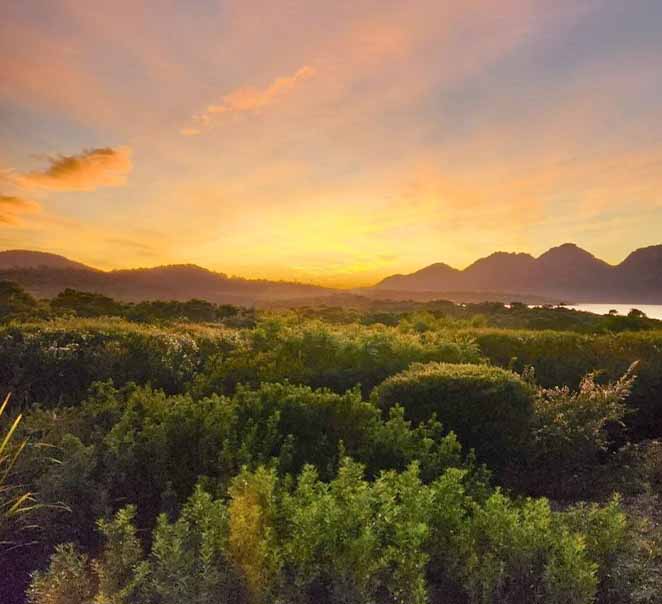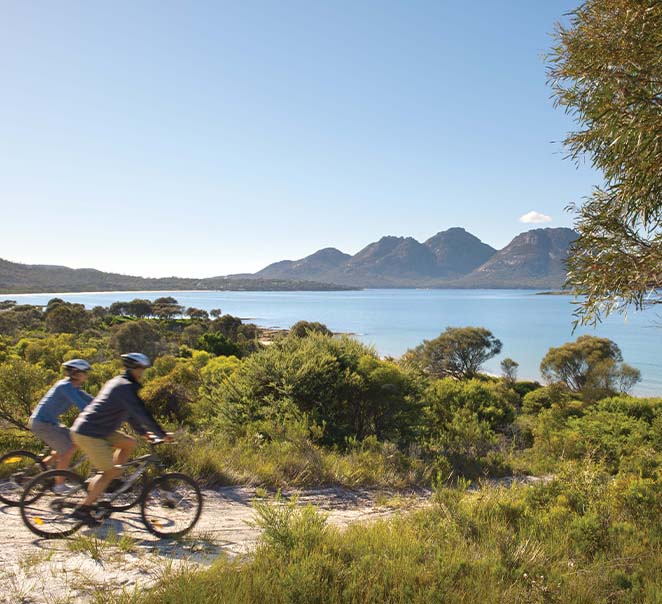Australia’s major airlines conduct daily commercial flights into Hobart and Launceston from most capital cities.
Saffire Freycinet is located mid-way along Tasmania’s East Coast, just two and a half hours’ scenic drive from Hobart and two hours’ drive from Launceston, although allowing three hours for a comfortable drive is recommended.
Air transfers are also available by both fixed wing and helicopter from Hobart or from Melbourne or Sydney by prior arrangement. The landing strip is located at Friendly Beaches, a short 10 minute drive from the Lodge.









